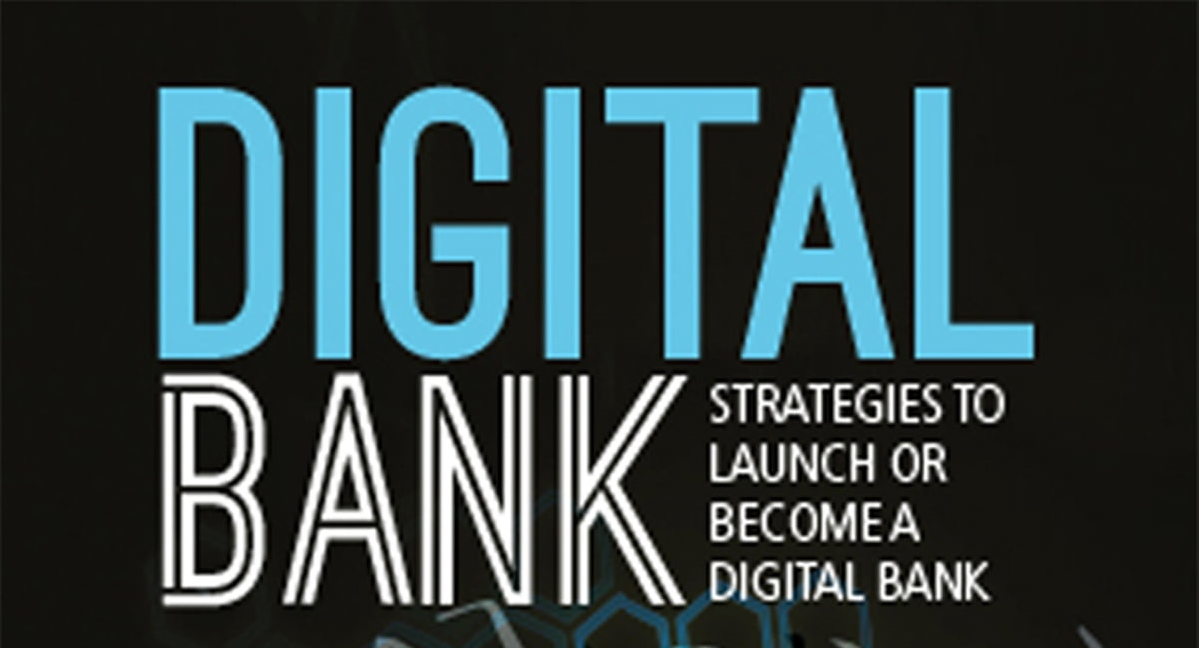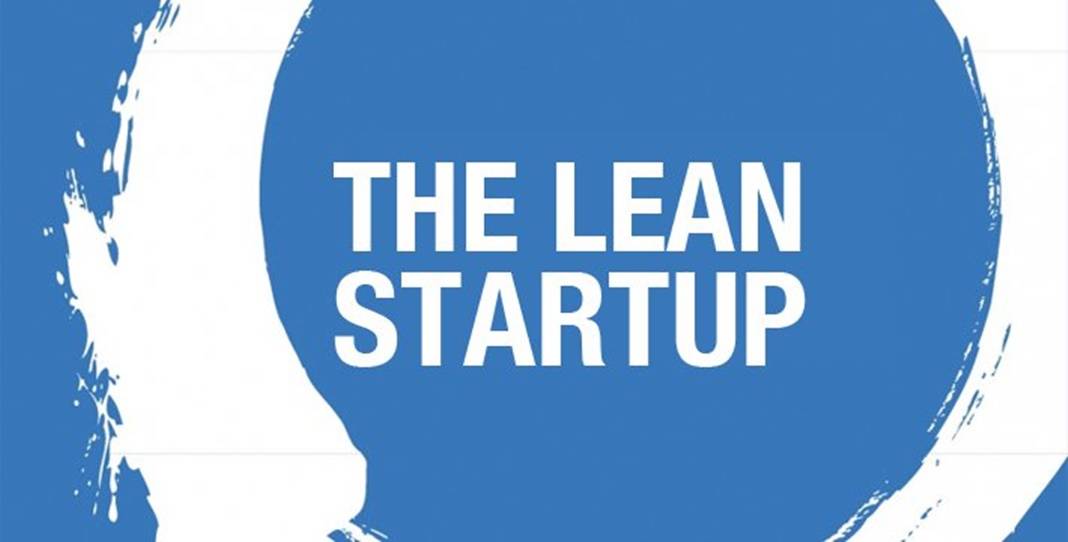Many has tried and still trying to gain wealth from the stock market around the world. Some succeeded, some not so, some might have failed, and probably even more have fallen in between. On the other side, some stay away from the market, thinking of the stock market as gambling, or just simply don’t understand and don’t know what to do.
People often perceive investing in the stock market as trading stocks. Buy low and sell high. Read the charts, listen to news, ride the hypes and some are even IPO hunters. Not that they are wrong, but there are more strategies and ways than what most people perceive, and one of the proven strategies is what we call the Value Investing.
People around the world may know the name Warren Buffet, fewer may know the name Benjamin Graham, and probably even fewer are familiar with the name Charlie Munger or Peter Lynch. Those who seriously invest or even work in the stock market would have probably learnt their ways of investing and even have their strategies into work. However, to average investors, I would say only a fraction of them could really apply their ways and strategies to work.
However, thanks to Lukas Setia Atmaja, the founder of HungryStock Community, people have access to the proof of how people could actually build wealth from stock market, by applying strategies and ways used by the investment guru mentioned above. Two weeks ago on April 21, 2022 he just launched his book on Lo Kheng Hong, the investor who started from nothing to become a trillionaire from Indonesian Stock Exchange.
The book tells the journey of Lo Kheng Hong from his early career and how he started investing in the stock market, until recent years when he has successfully built wealth from investing in the stock market. His journey and thought process themselves are very interesting to follow, not to mention some of the “behind-the-scene” thought process in decisions to purchase stocks that have made incredible profits.
If you’ve been investing in the stock market, you’d find the strategies are very straightforward and easy to follow. However, very few are successful in implementing the strategy, and even stick to the strategy itself. Despite its straightforwardness, it requires diligence, discipline and patience. And those are a combination of qualities rarely found indeed.
It is indeed a good book and a must-read for those interested in value investing, not to mention how it’s motivating and inspiring to stick to the value-investing strategy knowing it really does work. The strategy, simply said is about finding stocks that are valued much lower than it should (mispriced), then wait until they are priced accordingly. As mentioned in the book repeatedly, it’s like buying a Mercedes at the price of a bajaj or Avanza.
How do we find a Mercedes at a wrong price? We simply have to know stocks that are way below its PBV (Price to Book Value) and have relatively low PER (Price Earning Ratio). In order to check whether it’s a good Mercedes, we need to understand the car inside out, and that’s when we need to analyze the underlying company’s financial reports and make sure they have good corporate governance to navigate the company in seizing their market prospects (while making sure there’s indeed a prospect) while building the company’s quality and valuation.





